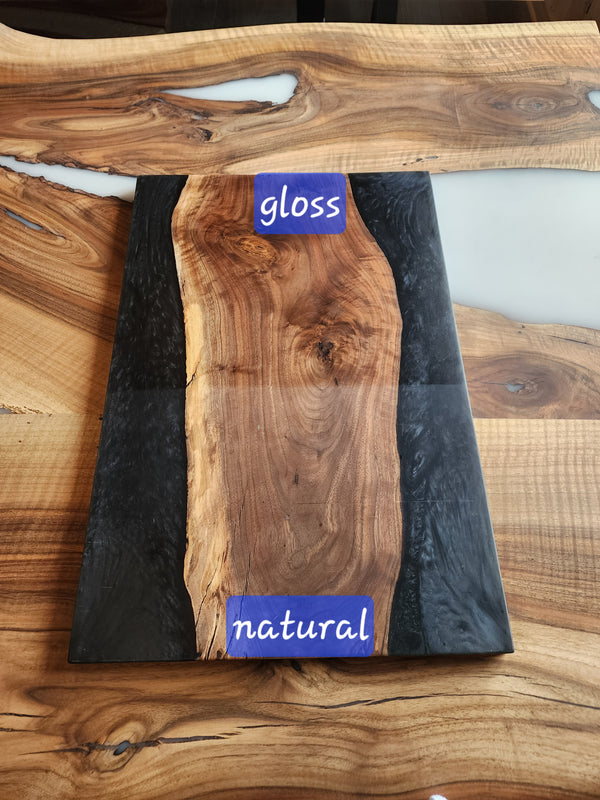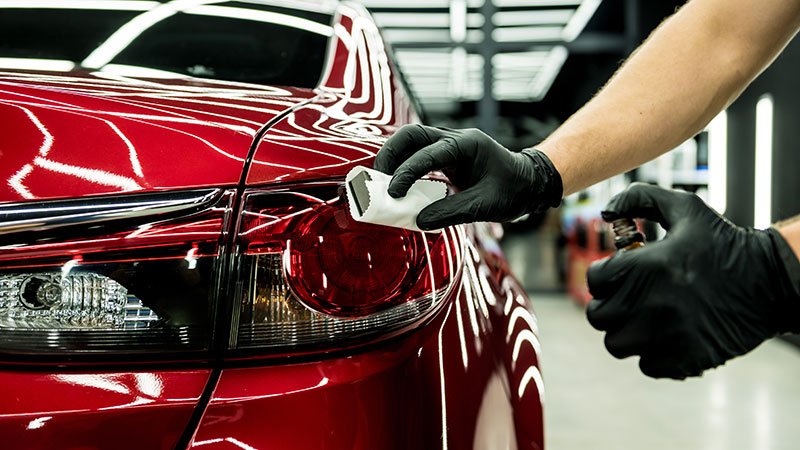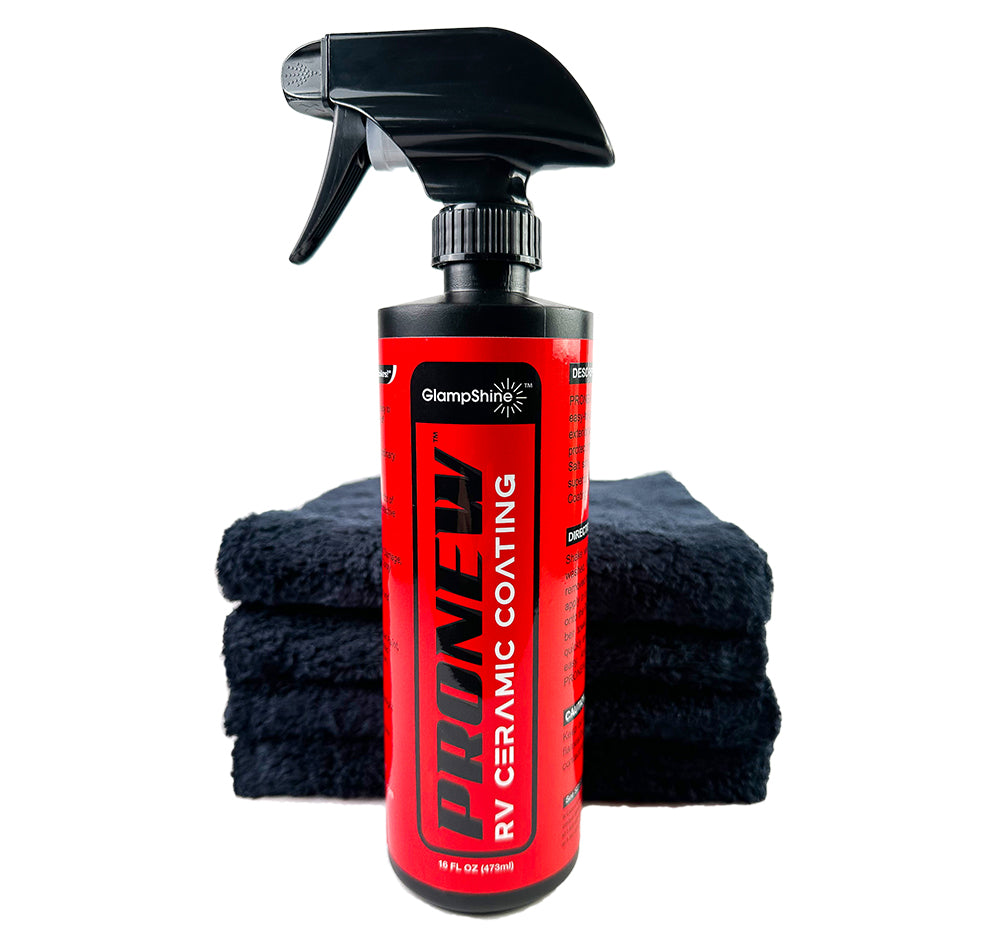Long-Term Outcomes with Professional Ceramic Coating Philadelphia Applications
Long-Term Outcomes with Professional Ceramic Coating Philadelphia Applications
Blog Article
Why Ceramic Finishing Is the Ultimate Solution for a Perfect End Up
Ceramic finishing has emerged as a leading remedy for those looking for a flawless finish for their vehicles, thanks to its impressive toughness and protective functions. What variables genuinely established ceramic covering apart?
What Is Ceramic Covering?

When used correctly, ceramic finishing develops a hydrophobic surface that drives away water and dust, making it simpler to preserve and clean up. Unlike typical waxes or sealants, which commonly provide short-term protection, ceramic coatings can last for a number of years, relying on the product quality and application technique. The process of applying ceramic coating calls for thorough prep work, including comprehensive cleansing and occasionally repaint modification, to make sure optimum bonding and efficiency.
Ceramic finishings are not restricted to vehicle surface areas; they can likewise be used on various products, consisting of glass, steel, and plastics, supplying a flexible remedy for enhancing security. In general, ceramic finish stands for a considerable innovation in surface area security innovation, incorporating both visual and useful advantages for a vast array of applications.
Advantages of Ceramic Finish
While many surface area defense alternatives exist, the benefits of ceramic finishing stand out because of its special homes and lasting performance. Among the main benefits is its phenomenal toughness. Ceramic Coating Philadelphia. Unlike conventional wax or sealants that require constant reapplication, ceramic finishings give a resilient layer that can last for numerous years, dramatically lowering upkeep efforts
Another remarkable advantage is enhanced defense against environmental contaminants. Ceramic coatings develop a hydrophobic surface that repels water, dust, and numerous contaminants, making it easier to cleanse. This function not only maintains the lorry's appearance yet likewise minimizes the danger of corrosion and oxidation, especially in severe weather.
Moreover, ceramic finishes supply premium resistance to UV rays, stopping fading and destruction of paint in time. This UV defense is vital for preserving the aesthetic value of surfaces and vehicles exposed to direct sunlight.
In addition, the shiny finish accomplished with ceramic covering boosts the overall visual appeal, offering surface areas a showroom-quality shine. Generally, ceramic layers represent a considerable advancement in surface area security innovation, offering enduring advantages that deal with both visual and functional demands.
How It Works
Comprehending the scientific research behind ceramic finishings discloses just how they provide such amazing protection and durability. At its core, a ceramic coating is a liquid polymer that chemically bonds with the automobile's factory paint. This bonding creates a protective layer that is both oleophobic and hydrophobic, repelling water, dust, and oil. The primary part of the majority of ceramic coverings is silicon dioxide (SiO2), which is stemmed from quartz. This compound adds to the covering's hardness and resistance to scratches, UV rays, and ecological impurities.
The application procedure includes multiple steps, including surface prep work, which is important to attaining optimum attachment. As soon as used, the coating goes through a treating procedure, throughout which it hardens and develops a semi-permanent bond with the paint surface. This bond is what identifies ceramic finishes from standard waxes and sealants, providing a longer-lasting safety obstacle that can endure for several years.
In addition, the thickness of the finish can enhance its protective high qualities, making sure that it can withstand extreme conditions. Ultimately, the scientific research of ceramic coverings combines innovative materials with ingenious application strategies to provide an exceptional level of security and visual improvement for automobiles.
Contrast With Conventional Methods
When compared to standard paint security techniques such as waxes and sealants,The benefits of ceramic finishes become specifically her comment is here evident. While waxes supply a short-lived luster, typically lasting a couple of weeks to a couple of months, ceramic finishes supply a resilient protective layer that can withstand for several years. This longevity substantially decreases the regularity of reapplication, making ceramic finishes an extra cost-effective option gradually.
Furthermore, typical methods often call for substantial preparation and numerous applications to accomplish a satisfying level of protection. In comparison, ceramic finishings bond at a molecular level with the automobile's surface area, developing a durable shield versus ecological impurities like UV rays, acid rain, and road salts. This bond improves the vehicle's resistance to scrapes and swirl marks, which are prevalent with typical waxes and sealers.
Moreover, the hydrophobic buildings of ceramic layers ward off water and dirt, bring about easier cleaning and upkeep. In contrast, wax and sealant-treated surfaces can bring in crud, necessitating more constant washing - Ceramic Coating Philadelphia. In general, ceramic finishings not only offer superior protection yet also supply a much more aesthetically attractive and long-lasting surface, establishing them as the recommended option for discerning car owners
Application and Maintenance Tips

Utilizing a foam applicator, use the coating in tiny sections, complying with the maker's standards relating to density and overlap. Permit adequate treating time in between coats, commonly 24-hour, to make sure appropriate bonding. After application, it is critical to stay clear of direct exposure to water or harsh aspects for at the very least a week to allow the finish to fully treat.
Additionally, making use of a ceramic upkeep spray can improve the coating's hydrophobic buildings and long life. Normal evaluations discover this info here for any type of indications of wear will aid keep the covering's integrity and preserve that pristine surface.
Final Thought
To conclude, ceramic finish arises as a superior option for attaining a remarkable vehicle coating. Its remarkable resilience, safety top qualities, and hydrophobic residential properties substantially boost the automobile's appearance while streamlining upkeep efforts. By developing a durable bond with factory paint, ceramic coating properly guards versus scratches, UV rays, and environmental impurities. With a life-span prolonging several years, this advanced solution not just preserves yet likewise elevates the general visual appeal of lorries, making it a cost-efficient investment for vehicle enthusiasts.

Report this page